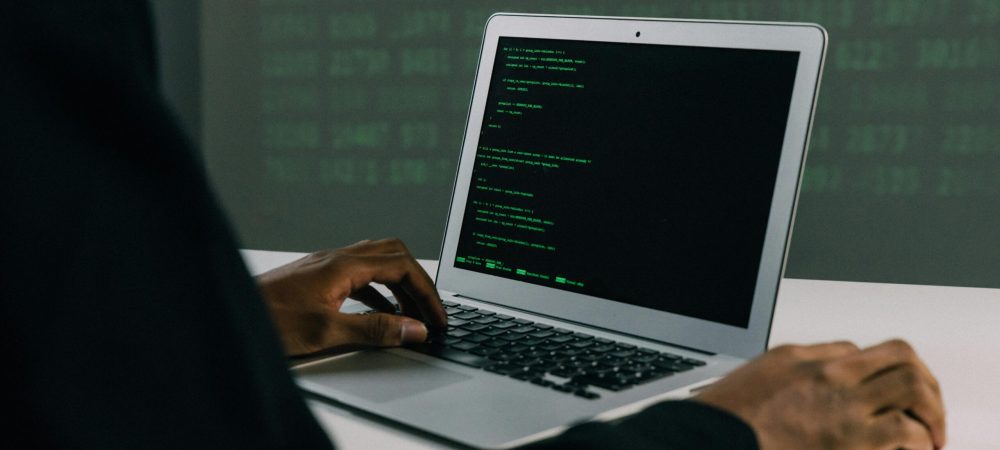Cybersecurity is always changing: new threats, technologies, and opportunities appear every year. It’s 2024 and, now more than ever, organisations need to know the current and future cyber threats and plan for them. Staying ahead of the curve and protecting digital assets aren’t just buzzwords now: there are major changes in the cybersecurity landscape due to new technologies, threats, and global dynamics.
Here are some key cybersecurity predictions for 2024 that you should think about.
AI Will Have Pros and Cons
AI has helped a lot with cybersecurity. It has made threat detection, response, and prevention faster and better. But AI also has new risks, like adversarial AI, exploited flaws, and misinformation.
For example, bad actors use chatbots and other big language models to create:
- Phishing emails that look real
- Fake news articles
- Deepfake videos
This content can trick or influence users, and your company now needs strong security protocols (and policies prohibiting submitting customer or sensitive data to engines which could retain them for training). This means using a human-in- the-loop approach and checking their AI systems often. These steps will help them avoid these risks and use AI for more security.
Quantum Computing Will Be a Big Threat
Quantum computing is not ready yet, but it can already harm the security of current encryption standards.
Quantum computers can break asymmetric encryption algorithms. These algorithms are used to protect data when it moves or stays still, meaning quantum hackers could steal sensitive data, like money transactions.
Hacktivism Will Grow
Hacktivism is hacking for a political or social cause, like exposing corruption, protesting injustice, or supporting a movement.
Hacktivism has been around for a long time, but it will get bigger in the years to come, especially during big global events, such as the Paris Olympics, the U.S. Presidential Election, as well as some geopolitical conflicts.
Hacktivists may attack organisations that they see as enemies or rivals, such as governments, corporations, or media outlets. These attacks can hurt their operations, as well as leak their data or change their websites.
Organisations need to watch out for hacktivist attacks. This means being active in protecting their networks, systems, and reputation.
Ransomware Will Still Be a Problem
Ransomware is malware that locks the victim’s data. The attacker then asks for money to unlock it. Ransomware has been one of the worst types of cyberattacks lately, and in 2023, ransomware attacks went up by more than 95% from the year before.
Because of new kinds of ransomware, methods, and targets, we can only expect to see more of this type of disruption in the future. For example, ransomware attackers may use AI to make their encryption stronger and avoid detection and tailor their ransom requests.
Hackers may also go after cloud services, IoT devices, or industrial control systems. This could cause more trouble and harm. Companies need to have good ransomware prevention and response plans, including:
- A strong, robust and tested backup & disaster recovery plan
- Good, thorough patching and updating processes
- Using good email and DNS filtering solutions
- Teaching their users how to spot phishing emails
Cyber Insurance Will Have More Impact
Cyber insurance covers the losses and liabilities from cyberattacks, and has become more common and useful lately. This is because cyberattacks are more often and expensive.
Cyber insurance can help organisations bounce back from cyber incidents better and faster by giving money, legal help, or technical support. But cyber insurance can also affect how organisations plan and deliver their information security. More cyber insurers may ask their customers to do certain things or follow certain rules, like using specific security tools or frameworks. Organisations need to weigh the pros and cons of cyber insurance and make sure they meet their cyber insurers’ demands.
Be Ready for Cybersecurity – Get an Assessment
The cybersecurity landscape will keep changing fast, and organisations and individuals need to be ready for new threats. This means using new technologies and training their workers as well as keeping up with regulations.
Have a good cybersecurity strategy that covers these predictions. This will help you stay secure and alert in the online world.
Stratum Now’s Cyber Essentials assessment tool will help you ensure you have a minimum set of security standards in place – one of the controls alone in Cyber Essentials will thwart 99% of the most common exploits. Use our Two Free Hours promotion to get some free cyber essentials advice from Stratum Now, and let us see if we can find (and fix) your IT security blind spots.




